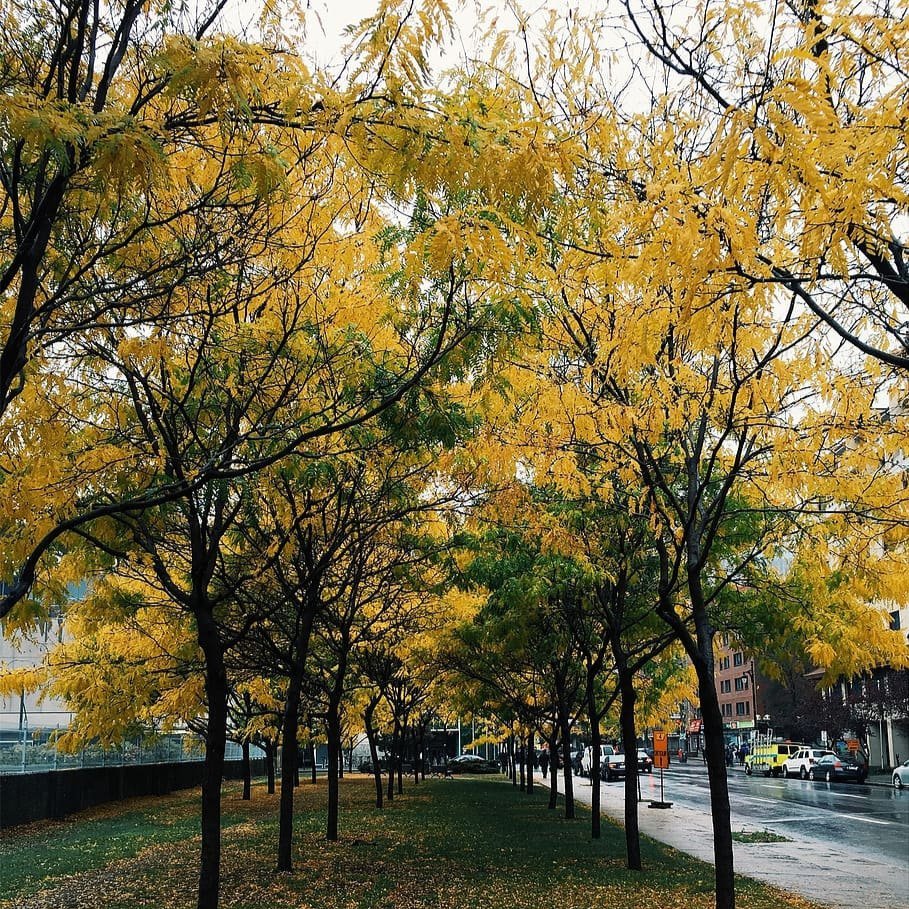Nature-Based Climate Solutions
Nature-based climate solutions involve all activities related to conserving, restoring, or better managing ecosystems. These ecosystems play a crucial role in mitigating climate change by acting as significant carbon dioxide sinks – extracting it from the atmosphere and storing it within plants, soils, and sediments.
The benefits of developing these policies include cleaner air and water, economic gains through the growth of green jobs and business opportunities, and reduction of habitat loss. Developing policies following this framework could contribute about 20% of the mitigation needed between now and 2050 to keep global warming below 2°C, if combined with decarbonization policies in energy, transportation, building, and industrial sectors (American University, 2023).
Urban Forest Management
Forests – including urban forests — help clean the air we breath and the water we drink while improving economic vitality, equity, education and resiliency. Forests also help mitigate climate change by absorbing and retaining carbon dioxide from the atmosphere. The healthier the forest, the more carbon it can capture and store. Today, the destruction of forests accounts for at least 10% of annual carbon emissions. Cities can help cultivate thriving urban forestry practices that boost public health, sustainability and economic growth.
-
Best Practices in Urban Forestry (Vibrant Cities Lab, 2023)
Tree City USA (Arbor Day Foundation, 2023)
Urban Forest Management Plan Toolkit (2018)
Why Do Urban Forest Matter? (Cities4Forests) (2019)
Using Trees and Vegetation to Reduce Heat Islands, EPA (2023)
Cities Nationwide Combat Climate Change with Urban Forests (2023)
-
Wetland Management Practices
Wetlands, also known as “blue carbon” ecosystems, include mangroves, tidal salt marshes and seagrass meadows. They all make up a small percentage of the world’s land, but have a higher actual storage of carbon per hectare of land than any other ecosystem. By developing policies that conserve and restore peatlands and coastal wetlands, we are protecting an integral component for wildfire habitat, improving air quality, and making urban areas more resilient by lessening the impacts of flooding, stormwater, and heat.
Green roofs are an innovative approach to building design that can significantly contribute to environmental sustainability and climate resilience. A green roof mandate requires new buildings to incorporate green roofs as an integral part of their design. Green roofs are covered with vegetation, providing a range of benefits such as improved air quality, reduced urban heat island effect, stormwater management, and enhanced biodiversity. By implementing a green roof mandate, municipalities can promote energy efficiency, mitigate the impacts of climate change, and create more livable urban spaces.



